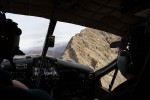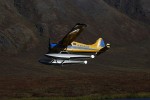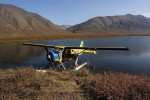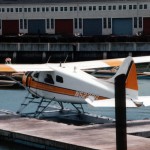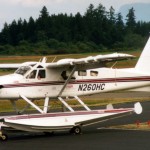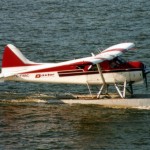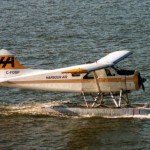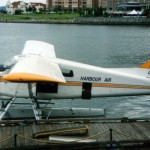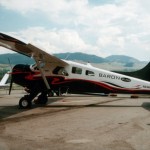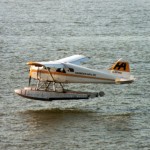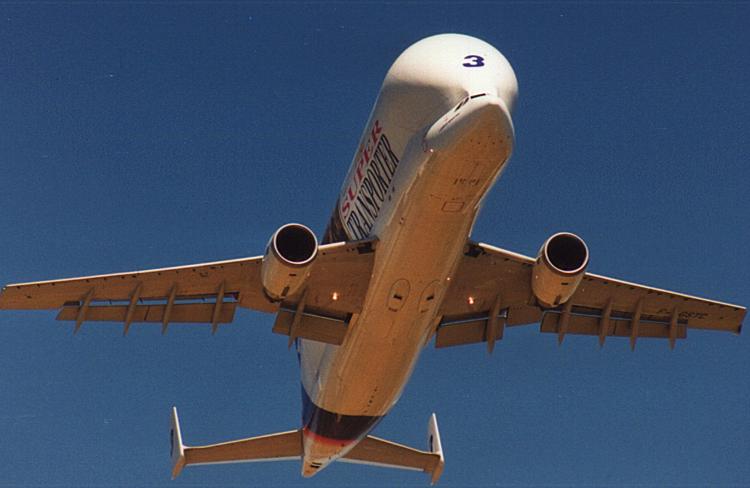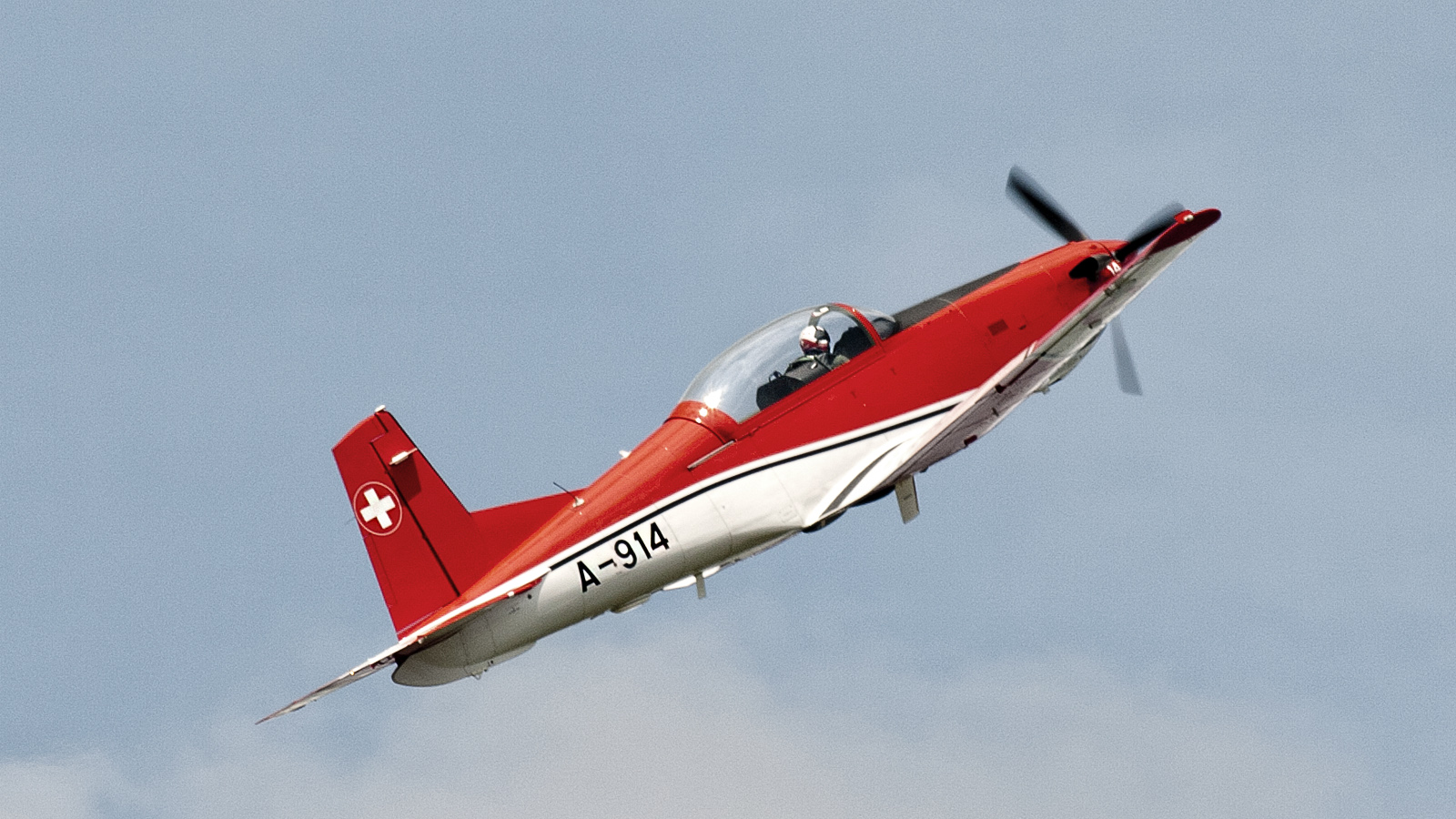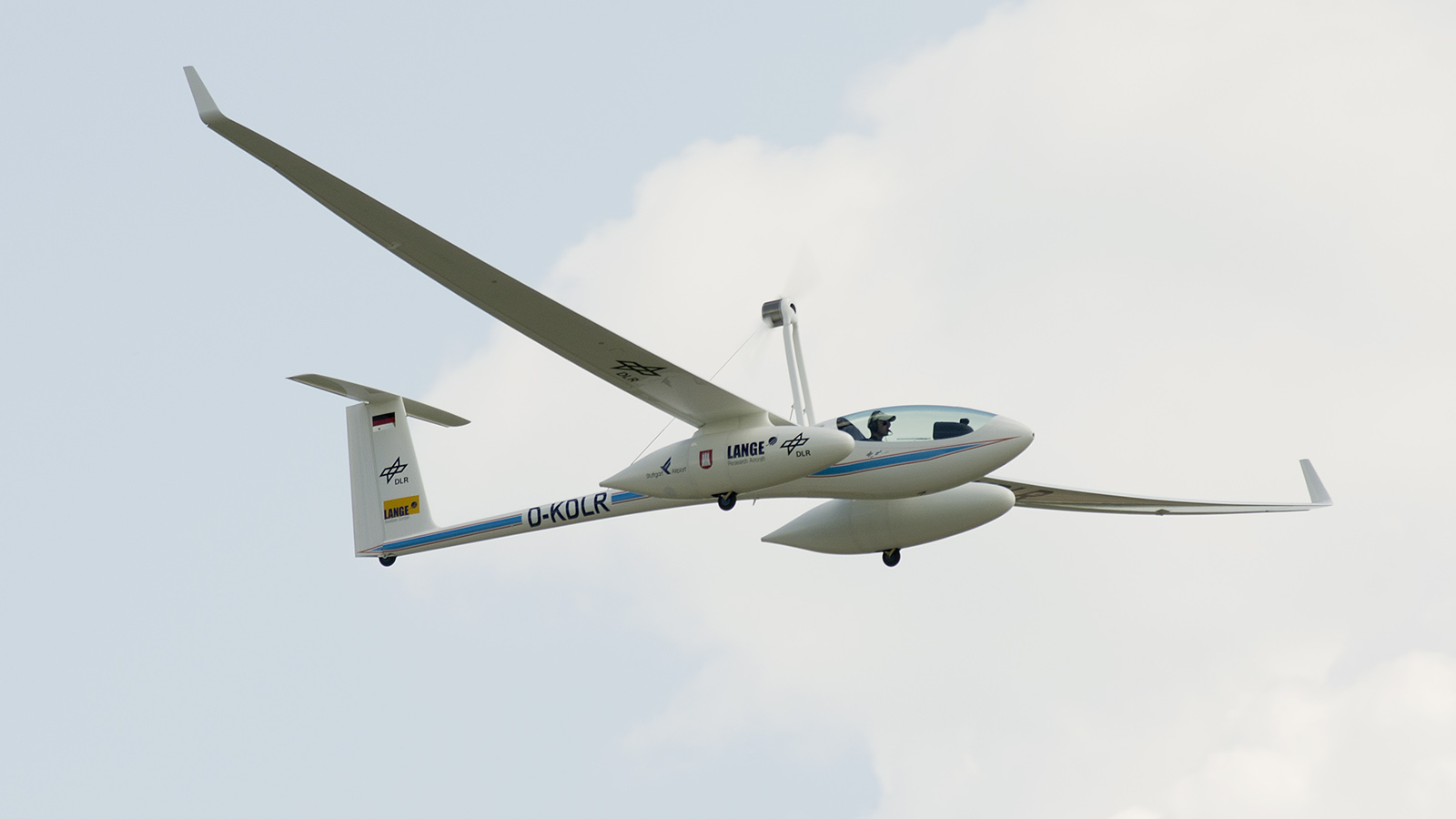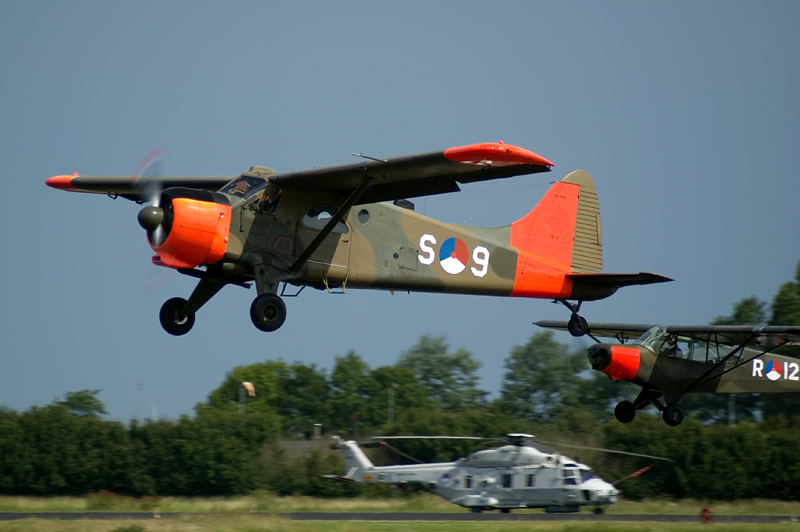
First all-metal bush plane designed and built in Canada; de Havilland Canada DHC-2 Beaver is a single-engined, high-wing, propeller-driven, STOL aircraft developed by de Havilland Canada. The Beaver had extra wide doors so it could be loaded and unloaded easily. It also boasted an accessible oil reservoir that could be refilled in flight.
Developing nation: Canada.
Manufacturer/designer: de Havilland Canada.
Production line: Downsview area of Toronto, Ontario, Canada.
Type aircraft: STOL utility transport.
First flight: August 16, 1947.
Produced: 1947 – 1967
Built: 1,657
With its all-metal construction, high-lift wing, and flap configuration, the DHC-2 Beaver was a robust aircraft with excellent short take-off-and-landing capability even with heavy loads. It features a high-lift wing with its entire trailing edge hinged, hydraulically operated flaps and slotted ailerons. These special features permit the aircraft to take off and land in extremely short distances.
Another outstanding advantage of the Beaver is its ability to operate equally well on wheels, skis, floats or as an amphibian. Military operators including the US Army bought the Beaver for utility work and several went to war in Vietnam.
Variants
- Beaver I: Single-engined STOL utility transport aircraft.
- Beaver AL Mk 1 : STOL utility transport aircraft for the British Army.
- C-127 : original designation for DHC-2 aircraft used by the U.S. military, redesignated L-20.
- YL-20 : Test and evaluation aircraft for the US military.
- L-20A Beaver : STOL utility transport aircraft for the U.S. Army, later redesignated U-6A in 1962, 968 built.
- L-20B Beaver : Basically similar to the L-20A, but with minor equipment changes. Six were sold to the US Army. Later redesignated U-6B in 1962.
Military Operators
Argentina – Argentine Air Force
Australia – Royal Australian Air Force- Five in service 1955-1964. Antarctic Flight RAAF and No. 1 Air Trials Unit
Austria – Austrian Air Force
Burma – Burma Air Force
Cambodia – Royal Cambodian Air Force
Chile – Chilean Air Force
Colombia – Colombian Air Force
Cuba – Cuban Air Force
Dominican Republic – Dominican Air Force
Finland – Finnish Air Force and Finnish Border Guard
France – French Air Force
Ghana – Ghana Air Force
Greece – Greek Air Force and Greek Army
Haiti – Armed Forces of Haiti
Indonesia
Iran – Imperial Iranian Air Force
Kenya – Kenya Air Force
Laos – Royal Lao Air Force
Netherlands – Royal Netherlands Air Force
New Zealand – Royal New Zealand Air Force
Oman – Royal Air Force of Oman
Panama – Panamanian Public Forces
Paraguay – Paraguayan Air Force 4 U-6A
Peru – Peruvian Air Force
Philippines – Philippine Air Force
South Vietnam – Vietnam Air Force
South Yemen – South Yemen Air Force
Thailand – Royal Thai Army
Turkey – Turkish Army
Uganda
United Kingdom – Army Air Corps 46 Beavers.
United States – Civil Air Patrol, United States Army, United States Air Force and United States Navy
Uruguay
Yugoslavia – SFR Yugoslav Air Force
Zambia – Zambian Air Force
General characteristics
- Crew: 1
- Capacity: 6 passengers, 953 kg (2,100 lb) useful payload
- Length: 9.22 m (30 ft 3 in)
- Wingspan: 14.63 m (48 ft 0 in)
- Height: 2.74 m (9 ft 0 in)
- Wing area: 23.2 m2 (250 ft2)
- Empty weight: 1,361 kg (3,000 lb)
- Gross weight: 2,313 kg (5,100 lb)
- Powerplant: 1 × Pratt & Whitney R-985 Wasp Jr. radial engine, 450 hp (336 kW) each
Performance
- Maximum speed: 255 km/h (158 mph)
- Cruise speed: 230 km/h (143 mph)
- Range: 732 km (455 miles)
- Service ceiling: 4,586 m (18,000 ft)
- Rate of climb: 5.2 m/s (1,020 ft/min)
All pictures courtesy of Zijde Aviation Photo and Publishing, Rob Vogelaar / Marcel van Leeuwen / Peter Spek

